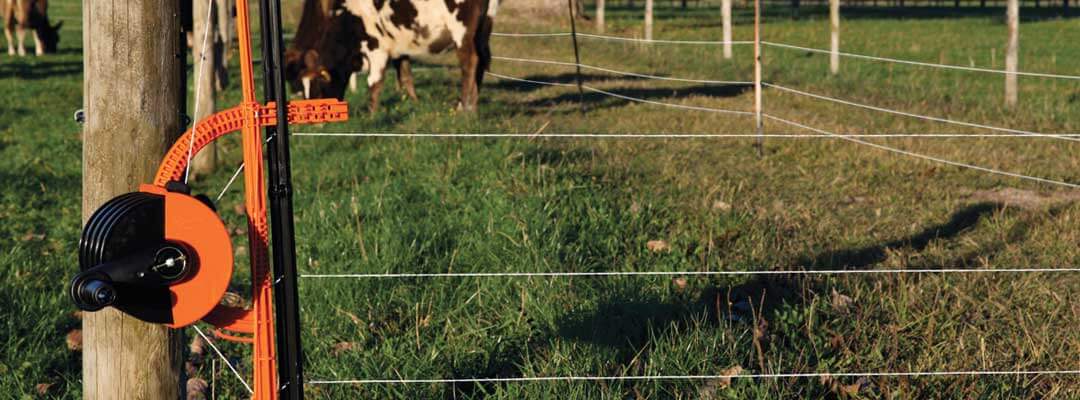7 Tips Every Electric Fence DIYer Should Know

Whether you are a beginner or more experienced with electric fencing, here are some of our favorite tips from Gallagher Territory Managers and Support Techs, spanning across the country from California to the New England states, to help improve fencing skills.
- Planning before you begin is key. Sketch out the area you are fencing. Think about water sources in relevance to the fence as well as gates wide enough to gather or move livestock with ease.
- Consider installing a temporary fence for a period of time to see if it works for your needs before installing a permanent one.
- When it comes to grounding your electric fence, as a rule of thumb, use a minimum of three ground rods placed about six feet apart, with the accessory ground rod clamp three-pack.
- Setting your electric fence far enough from a creek or bank will allow you to pass a brush hog alongside of it to help keep weeds and brush off the hot wire.
- When installing electric fence, use joint clamps to connect leadout wires and underground cable. Do not wrap the wire onto the fence, as it can arc and will make your fence’s voltage drop simply due to resistance.
- When underwiring a gate on a hot/ground fence, mark the ground or hot insulated underground wire with electrical tape so you don’t connect the underground wire to the wrong fence resulting in a dead fence when you are finished.
- Check for tax credits. Cost-share opportunities through government programs may be an option.
Find all your fence building and fixing needs, here.
About the author: This content was originally provided by Gallagher, with minor revisions and additions included from Valley Vet Supply.


